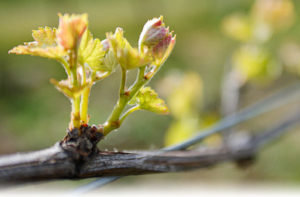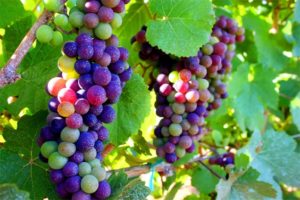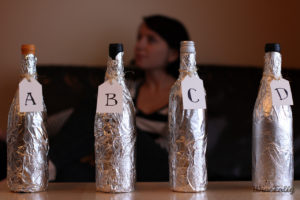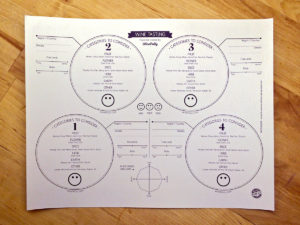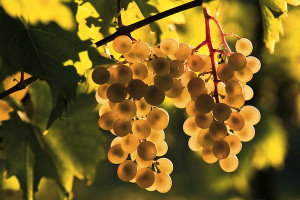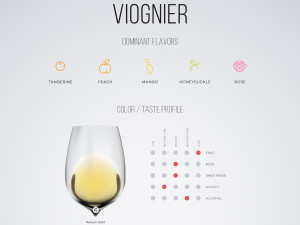How the Vines make the Wine- the Annual Cycle!
How do things grow from Root to Fruit?
If you’ve ever visited a working vineyard and beheld the vines, you’ve undoubtedly heard the terms bandied about: Bud Break, Fruit Set, Veraison. But how does that seemingly barren chunk of wood you see in December become the fruit laden cornucopia of grape splendor we see in September? To understand, we look at the yearly growth cycle of the wine vine. Come along!
Dormancy of Vines
From leaf fall to the beginning of growth in spring, grape vines are dormant and consist entirely of woody tissue. Relatively little activity occurs during this period. Root growth can still occur unless soil temperatures are too cold to support growth. Cold hardiness within rootstocks can vary depending on genetics, temperature, and temperature fluctuations. Many of the hybrid grape varieties are created to address the lack of hardiness in varieties of grapes in the species Vitis vinifera. As a result, hardiness varies considerably across varieties. In cold climates, hardy hybrid varieties are necessary for grape production
Bud break
As temperatures warm in the spring, stored starch is converted to sugar and sap begins to move in the vine. This can be seen on warm spring days when pruning wounds begin to “bleed”. As temperatures warm, buds begin to swell, then burst (break). The newly emerged shoots grow very rapidly, and will continue to do so for several weeks in the absence of stress. Soon clusters become visible, usually opposite the third and fourth leaves on a shoot.
Bloom and fruit set
After a few weeks, depending on weather conditions, clusters begin to swell, and soon flowers open. The flowering period can be as short as a day or two under warm, dry conditions, or as long as a month under very cool, wet weather conditions. Grapevines are still mostly reliant on stored carbohydrates from the previous season for their energy at this point. After pollination, the flowers abscise and the newly-formed berries go through a rapid period of development due to cell division. Flower cluster primordia for the following season begin to originate in buds at this time, and will continue to develop until veraison. Leaves well exposed to sunlight during this time will result in more fruitful buds in the following growing season. Once the berries are well formed, cell division largely ceases and further berry growth is mostly due to cell expansion. Many leaves on each shoot are fully expanded, and the vine no longer depends on stored carbohydrates for its energy source. For the next few weeks, shoots and berries grow very rapidly.
Veraison and fruit maturation
Approximately five to seven weeks after fruit set, veraison begins. Berries expand further, begin to soften, and accumulate sugar. The color on red cultivars is readily apparent, while the visual indicators of maturity on white cultivars are more subtle. During the next four to six weeks, sugar, pigments, and other flavor compounds increase in the maturing fruit, while organic acids decrease and change forms. Unless there is an excess of water or fertility, shoot growth slows greatly or ceases. The bark of green shoots begins to turn brown from the base, becoming woody by the end of the period. This process is called lignification. On managed plantings, the veraison period ends with harvest
Post-harvest
After harvest, grapevine leaves continue to photosynthesize until frost if temperatures are warm enough. This is a very important period for the vines to accumulate carbohydrates for future growth. As temperatures fall, vines gradually become more cold hardy, and sugars are converted to starch to be stored for the winter, mostly in perennial structures such as roots and trunks. After leaf fall, vines continue to acclimate to cold weather, but no more carbohydrate accumulation occurs.
Want to learn more about how wine is made? Join us at Breakaway Tours and get a behind the scenes look at how it Root to Fruit, from Grape to Glass! Call or email todaymailto:info@breakaway-tours.com or 800-799-7657.


